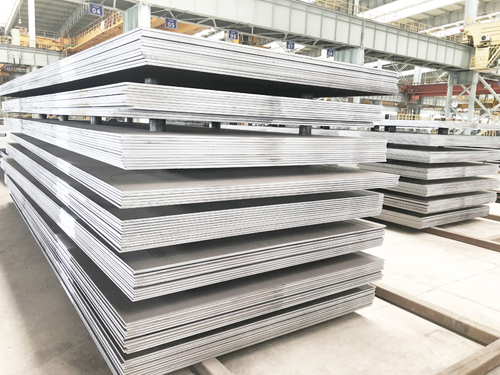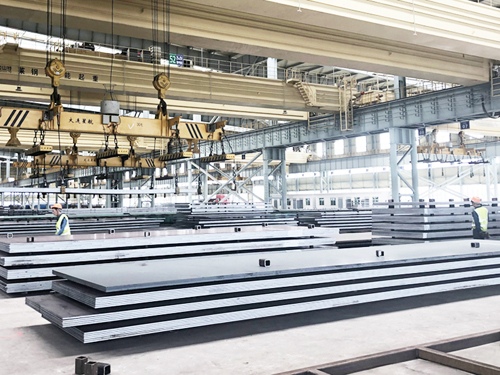Pressure vessel quality plate is a subfamily of steel alloys designated for the manufacture of pressure vessels and pipelines. There is an extensive range of specifications and grades suitable for use in both on- and offshore facilities. Natural gas extraction. Petroleum refining. Chemical containment. Cryogenic transportation. The petrochemical and gas production sectors utilise pressure vessel quality plate for an extensive range of applications, each of which demands the highest quality alloys with several key properties.

In this blog post, BBN steel steel explores four of the key properties of pressure vessel quality plate in more detail.
WeldabilityPressure vessels and boilers are generally fabricated by welding multiple curved steel plates together to form a cylindrical or spherical component. This geometry enables the component to withstand the strain exerted from pressurised fluids and liquidised gases at cryogenic temperatures. Weldability is subsequently one of the most important properties of pressure vessel quality plate.
Weldability of alloys is determined qualitatively to assess the appropriate joining methods for a given steel grade. Fusion welding is the preferred method of joining pressure vessel quality plate, but it is important to holistically determine suitable welding methods against the elemental composition of individual steels to mitigate the risk of failure modes in the design.
Low-Temperature ToughnessThe tensile toughness of pressure vessel quality plate is vital for determining the material’s resistance to mechanical strain, but it is also indicative of both brittleness and ductility. Pressure vessels are routinely and continuously subjected to extreme temperatures that can dramatically alter the tensile toughness of steels used in their manufacture.
Assessing the low-temperature toughness of pressure vessel quality plate via Charpy designations enables engineers to predict the strain-resistant qualities of the material under operating conditions.
 Creep Resistance
Creep ResistancePressure vessel quality plate is designed for exceptional toughness properties in response to ambient and applied pressures. They are tested for the highest levels of notch toughness to guarantee materials are neither too hard nor brittle, providing long-lasting strength and ductility under demanding conditions.
Corrosion ResistanceThe corrosion-resistant requirements of pressure vessel quality plate largely depend on its eventual area of application. Performance is dictated by the chemical composition of the steel grade, which can be finely tailored to elicit distinct resistances to cryogenic gases, hydrocarbons, acidic fluids, and more.
For example; BBNsteel has invested heavily in Hydrogen Induced Cracking (HIC) resistant pressure vessel quality plate to resolve common issues in the sour service industry. Cold cracking is one of the primary failure modes of pressure vessel steel grades and pressure vessel quality plate. It occurs when martensite is formed during heat treatment, or joining, and when hydrogen (H2) is present in the steel microstructure. Eliminating this issue from critical components can provide appreciable cost benefits and throughput improvements for petrochemical facilities.
Are you also interested in further steel processing (machining)?
Just like you, 70% customers choose long-term cooperation with BBN steel not only for our good product and service quality, good reputation in the international market, but also for our experienced one-stop raw material supply and further steel processing!
Fabrication and Machining Service24h Technical support




